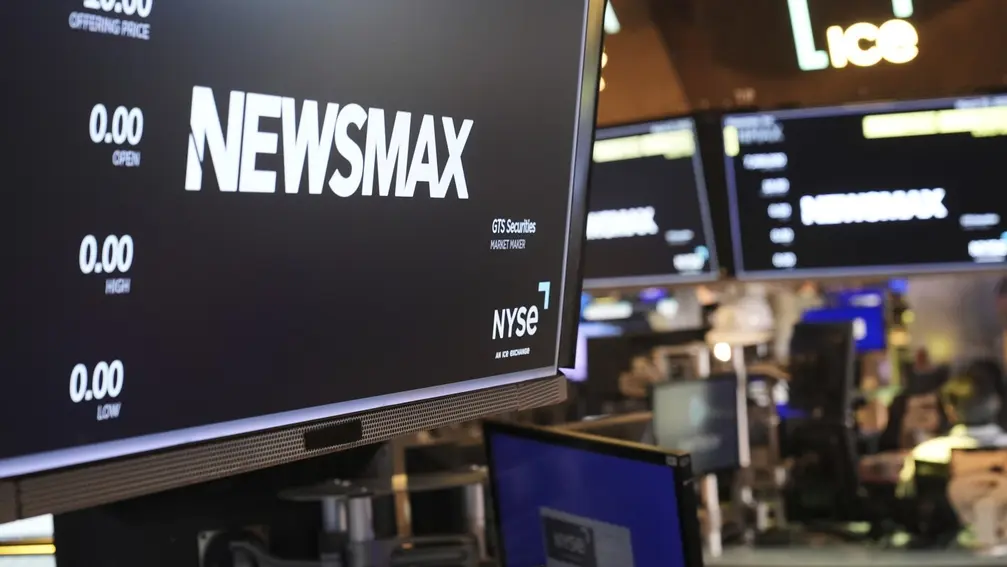T4K3.news
Trump to sign order targeting voting systems ahead of 2026 elections
Trump says he will sign an executive order focusing on mail-in ballots and voting machines before the 2026 midterms.
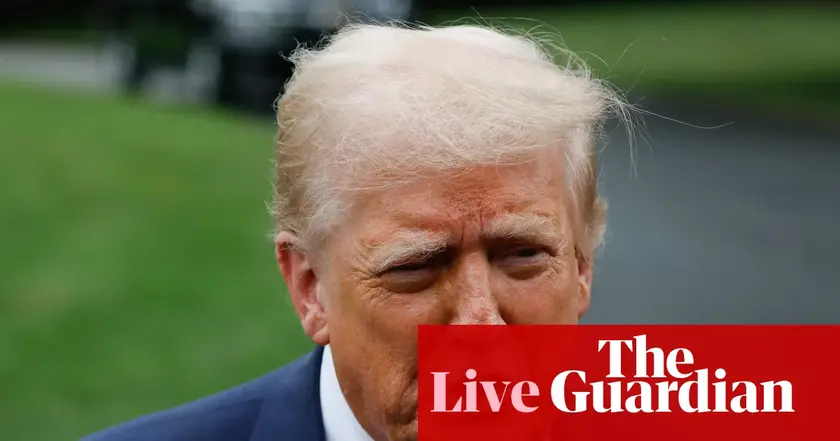
Editorial analysis of Donald Trump plan to sign an executive order targeting mail-in ballots and voting machines before the 2026 midterms.
Trump moves to sign order targeting mail-in ballots and voting machines ahead of 2026 elections
Trump said on Monday he would sign an executive order ahead of next year’s midterm elections, saying he would lead a movement to target mail-in balloting and voting machines across the country. He wrote on Truth Social that he planned to pursue an effort to get rid of mail-in ballots and to address what he called “Highly Inaccurate, Very Expensive, and Seriously Controversial Voting Machines.” The statement signals a broader push to reshape how elections are run, and it comes as the former president seeks to maintain influence over the Republican policy agenda ahead of 2026.
The plan faces immediate questions about its legality and practicality, given that election administration is largely a state and local responsibility. Critics argue that executive actions could clash with state laws and court decisions, and they warn it may deepen partisan divides around voting access and election technology. The broader political context includes ongoing debates about election security, accessibility, and public trust in the electoral process.
Key Takeaways
"Trump is trying to redefine how Americans vote"
Contextual note on Trump’s stated aim around voting infrastructure
"If this moves forward, it could reshape how elections are run for years"
Editorial assessment of implications
"A bold push or a dangerous overreach"
Balanced reaction from observers
The move highlights a persistent tension between federal rhetoric and local realities in American elections. While supporters may view it as a push for integrity and modernization, critics see a power grab that could undermine established election practices. The proposal risks triggering legal challenges that force courts to weigh executive overreach against states’ rights to run elections. In a polarized environment, policy moves like this often become symbols of broader battles over democracy and who gets to shape it.
Beyond legality, the plan could affect voters’ confidence and turnout. If messaging argues that existing systems are inherently flawed, it may depress participation or provoke counter-mobilization from groups seeking to preserve broader access. The outcome depends as much on how decisions are implemented as on what is written in any executive order.
Highlights
- Voting rules should be clear, not chaos dressed as reform
- This is a test of how far executive power can reach
- Trust in elections is earned through steady policy
- Policy should protect voters not disrupt the vote
Political and legal risks tied to new voting policy plan
The plan to sign an executive order targeting mail-in ballots and voting machines could face legal challenges, political backlash, and civil rights concerns. It may raise questions about states' autonomy and election administration, and risk intensifying partisan tensions ahead of 2026 elections.
Policy choices around voting shape not just elections but everyday participation
Enjoyed this? Let your friends know!
Related News
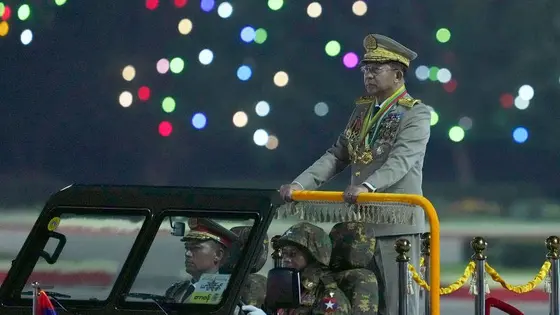
Myanmar election plan faces global scrutiny
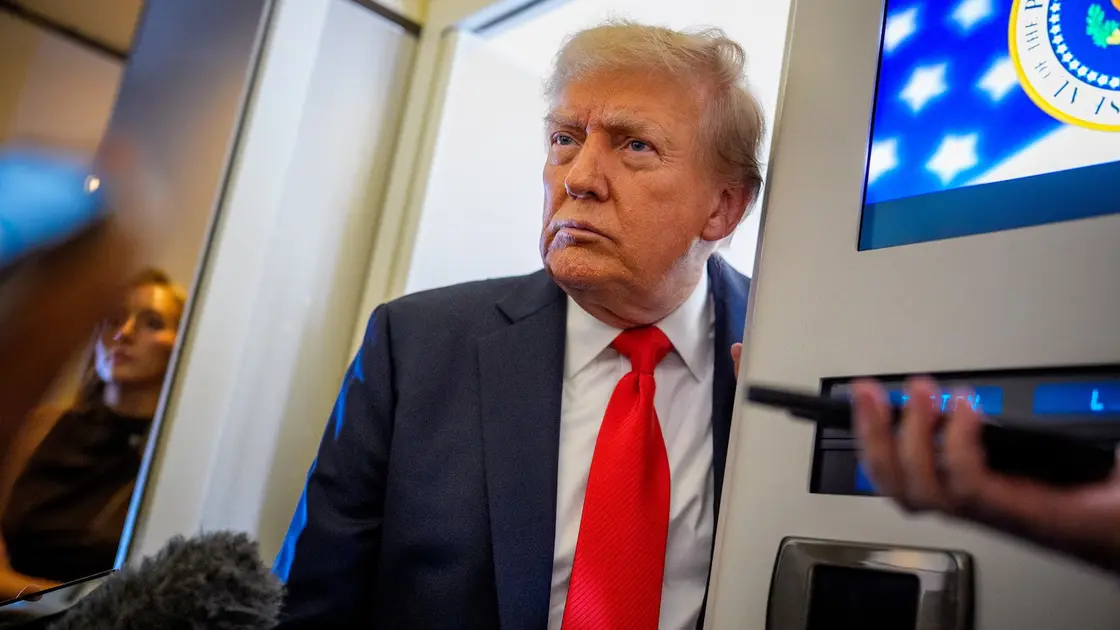
Trump Pushes Movement to End Mail-in Voting
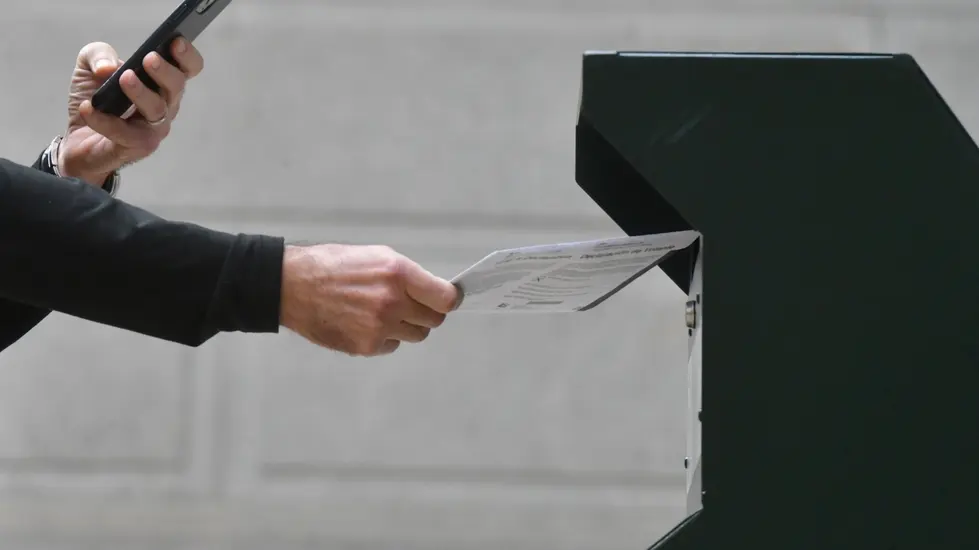
Trump plans to end mail-in voting and voting machines

Texas Governor Abbott threatens Democrats with removal
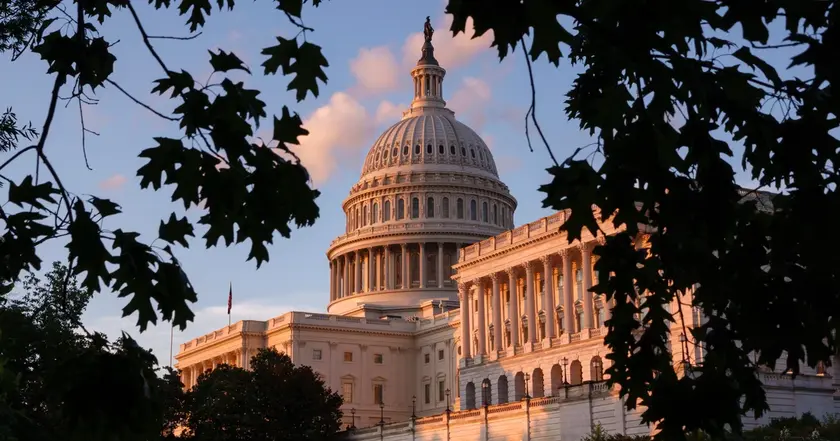
Texas advances controversial redistricting plan
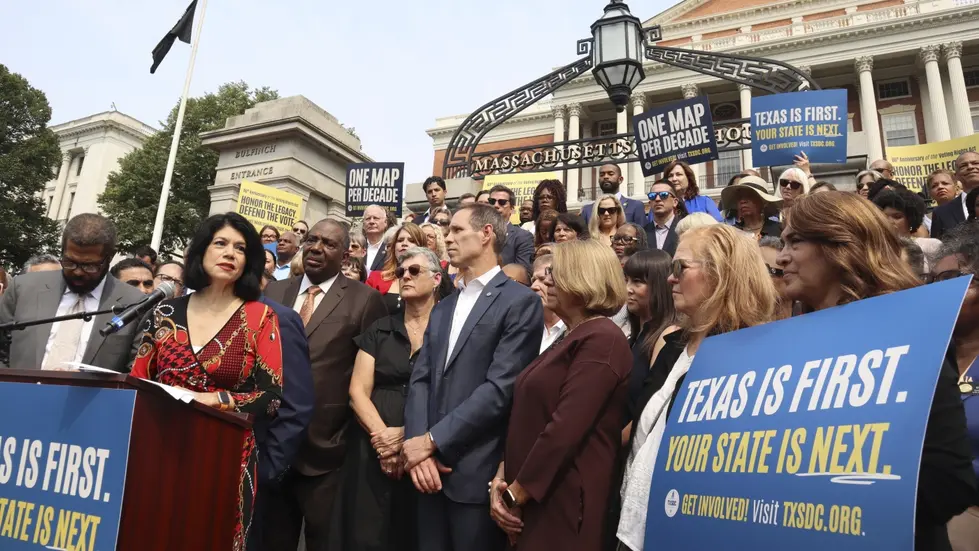
Redistricting Fights Shape Eight States Ahead of 2026 Elections
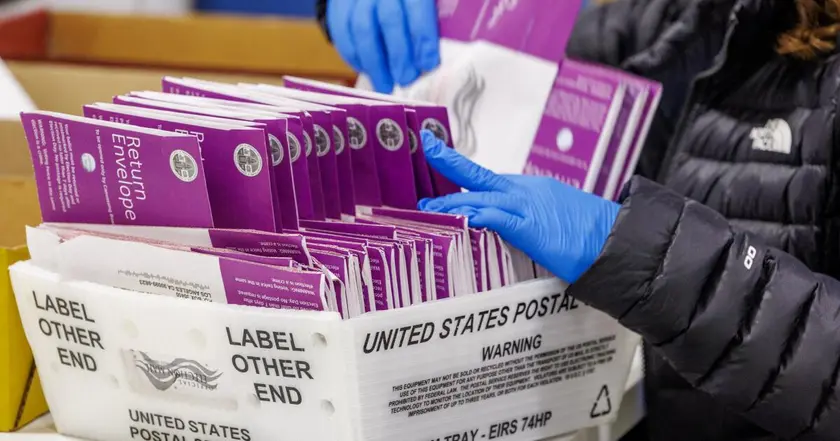
Trump targets mail-in ballots and voting machines
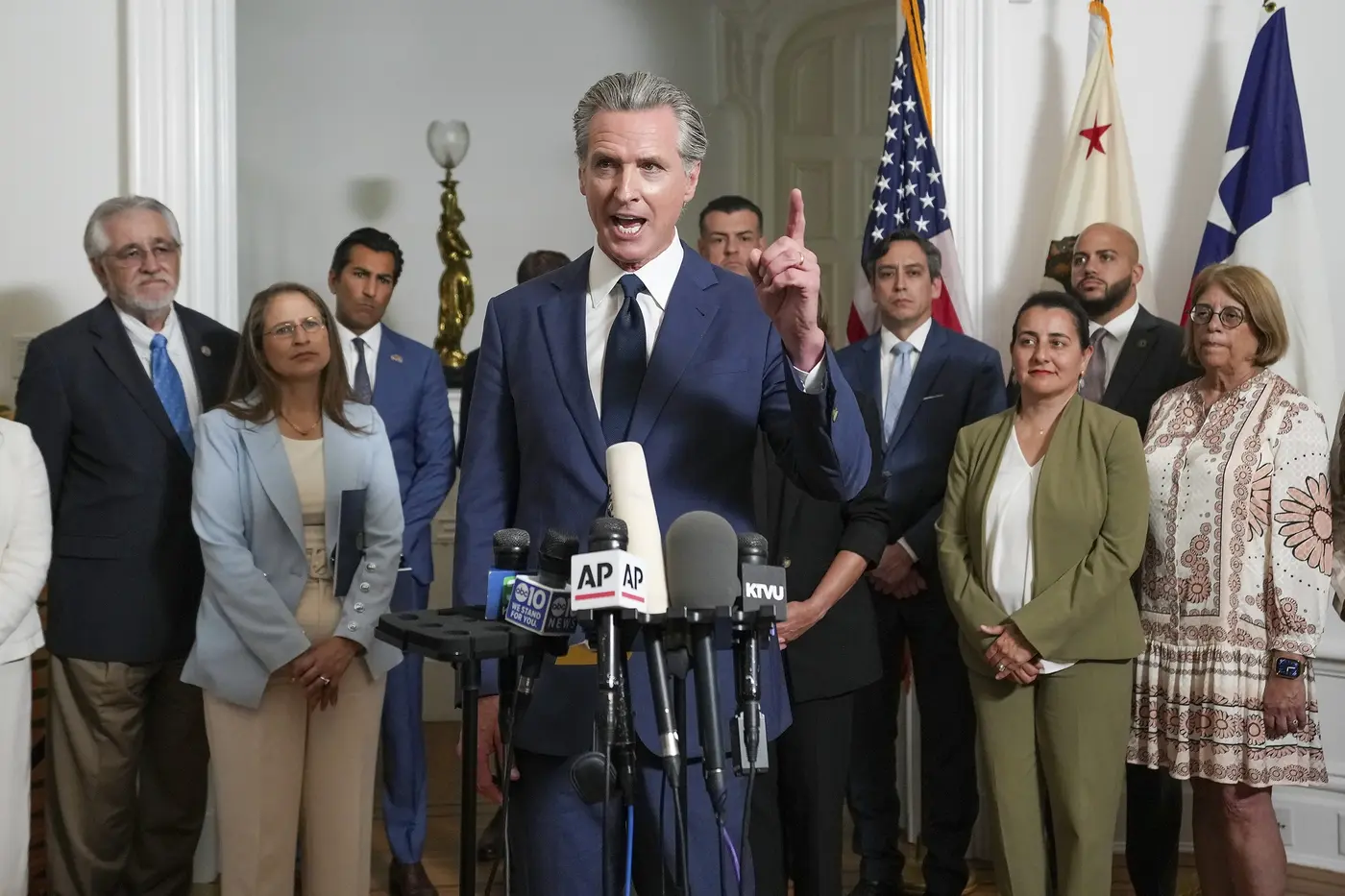
California lawmakers push map redraw
